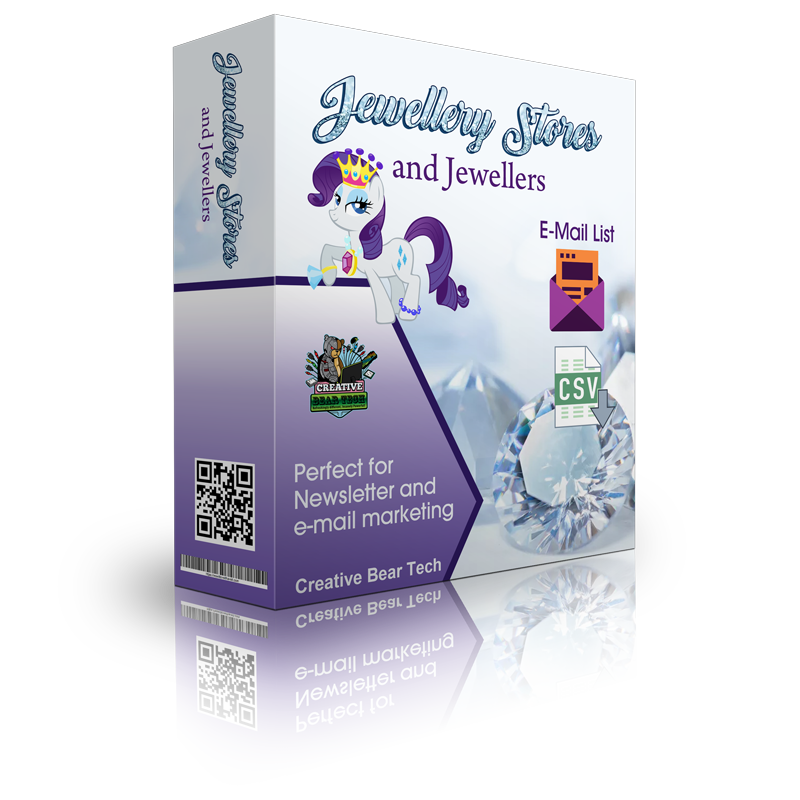Ten top tips to improve your b2b telemarketing
Ten top tips to improve your b2b telemarketing
What is an ip and why warm it up? Before you ask, no, there isn’t a one-size-fits-all day and time when it’s best for every brand to send their emails. Every brand has a different audience with different needs and behaviors. So, the best time for Influencer Marketing Hub to send our emails might not be the best time for you and your users. As with everything related to marketing, you’ll want to test different days and times to find out what works best for your audience. But that’s not to say there isn’t tons of data available that you can use as a starting point. Based on data from eight email marketing experts, the best time to send your emails is mid-morning (10 am) or just after lunch (1 pm). As for the best day, it tends to be Tuesday, but consistency seems to matter more. So, if you always send your emails on Wednesdays at 10 am, you’ll notice that your open rates will increase over time because your audience begins expecting your emails to arrive on that day and time.
What Is a Typical Open Rate? There really isn’t a typical open rate. But that answer isn’t super satisfying and doesn’t really tell the entire story. See, the open rate can vary due to how it’s measured, the size of your list, how often you send emails to your list, the industry you’re in, and any number of other factors. Even within your own email campaigns, you’ll find that your open rates vary. There are a couple common trends we know about, though, based on the data that’s already out there. First, a larger list tends to mean lower open rates. This happens because larger lists are typically larger in scope, meaning that you have more people who are “kind of” interested in your brand instead of diehard fans. The other thing we’ve seen is that open rates for nonprofits, churches, sports teams, and entertainers tend to be higher than average. This happens because these types of consumers tend to be very interested in any news about their favorites in these areas. The general rule is that the more niche the topic, the higher the open rates are going to be.
Social Media Marketing (SMM): Simply put, social media marketing refers to the process of using social media platforms to attract traffic and attention. By using social media, you can increase exposure and build meaningful relationships with your customers. While everybody can benefit from SMM as a type of digital marketing, B2C and SaaS companies tend to get the most out of it. Social media marketing is all about listening to what your customers have to say, engaging in the conversation, and sharing valuable content. An example of a tweet from Andy Crestodina of Orbitmedia. Notice how he attracts attention by sharing valuable information (infographic), drives traffic to his website by posting the link and evokes discussion (53 comments!) Together, content marketing, SEO, and social media marketing constitute what is called “inbound marketing”. It is a marketing methodology that aims at attracting, engaging, and delighting leads. Some goals of inbound marketing include attracting users’ attention, driving relevant traffic to the website, and converting it into happy customers. Read additional information at https://cbtemailextractor.com/blog/9-factors-that-affect-your-email-deliverability/.
Our direct send feature will bypass your SMTP servers and will try to send your email directly using your system’s DNS. This feature will act as a helpful fallback sending feature in the event that your SMTP servers are not working. Generally, when CBT Bulk Email Sender encounters a non-working SMTP server, it will try to send your message using another SMTP server. The direct send feature is particularly helpful if you do not have many SMTP servers.

By implementing local SEO strategies, you’ll have your local website show up in SERPs and enjoy several benefits including increased traffic, and improved online visibility and brand authority. But then you will get another question, Why Local search is important? 4 out of 5 consumers use local search to find what they look for; 50% of people who did a local search went to a physical store within a day.
Next up is your click-through-rate (CTR) which generally gives you a good idea of how many customers took the time to go through your email content to click on the links within. The average click-through rate across all industries is around 7%. After a customer has clicked through your email, ideally the next goal is to get them to convert – in other words, to follow through on the action your email has asked them to take. Your email conversion rates are an important metric to track, for they tell you how well the call-to-action in your email has performed. Emails are a great way to get customers to visit your website. You can include relevant links to your site within your email content. You can also use your email campaigns to get customers to engage with other great pieces of content available on your website or blog. When you run your own business, your goal is to be seen as an expert in your industry. Establish that to position yourself and your business as the authority in the eyes of your customers. Your customers have signed up for your marketing newsletters because they want to hear from you. They like the content you send and keeping them engaged is one of the biggest wins for any email marketer. Your content is one of your most valuable marketing tools and you can use it to build other areas of your marketing strategy. If people love what you do, then they will sign up to see more great content. See additional information at B2B Email Marketing.
